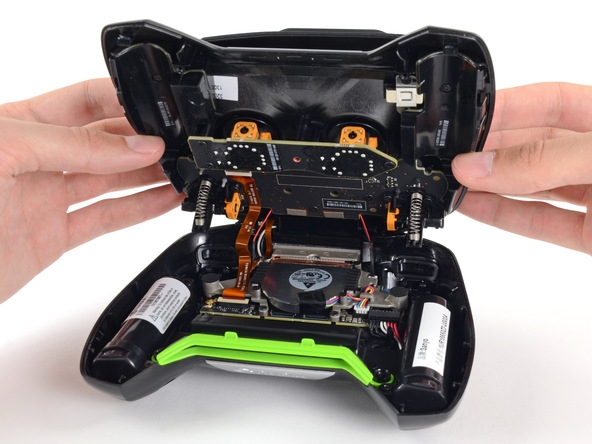notaz
Certified Guru
That was not rotation, just plain update of 1080x1920 @60Hz @1.5GHz.The only measurement so far is about 46% CPU time for rotating 1080p in software (don't know if this was at 1.7GHz or what).
Not really, TILER needs that padded framebuffer format which is still a burden on the programmer, also incompatible with what pandora uses so backward compatibility would be harder. If it turns out that internal format has to be used, it would be actually quite hard to use it.If we find a solution for the TILER, that actually bypasses the need for even having the chip.The biggest issue with any other solution is going through the headache of getting someone to implement it. But so long as the SSL chip can be bypassed that can still be done at the discretion of the poor coder who demands it. It's not something that the Pyra will have to get right at launch.
Last edited by a moderator:


